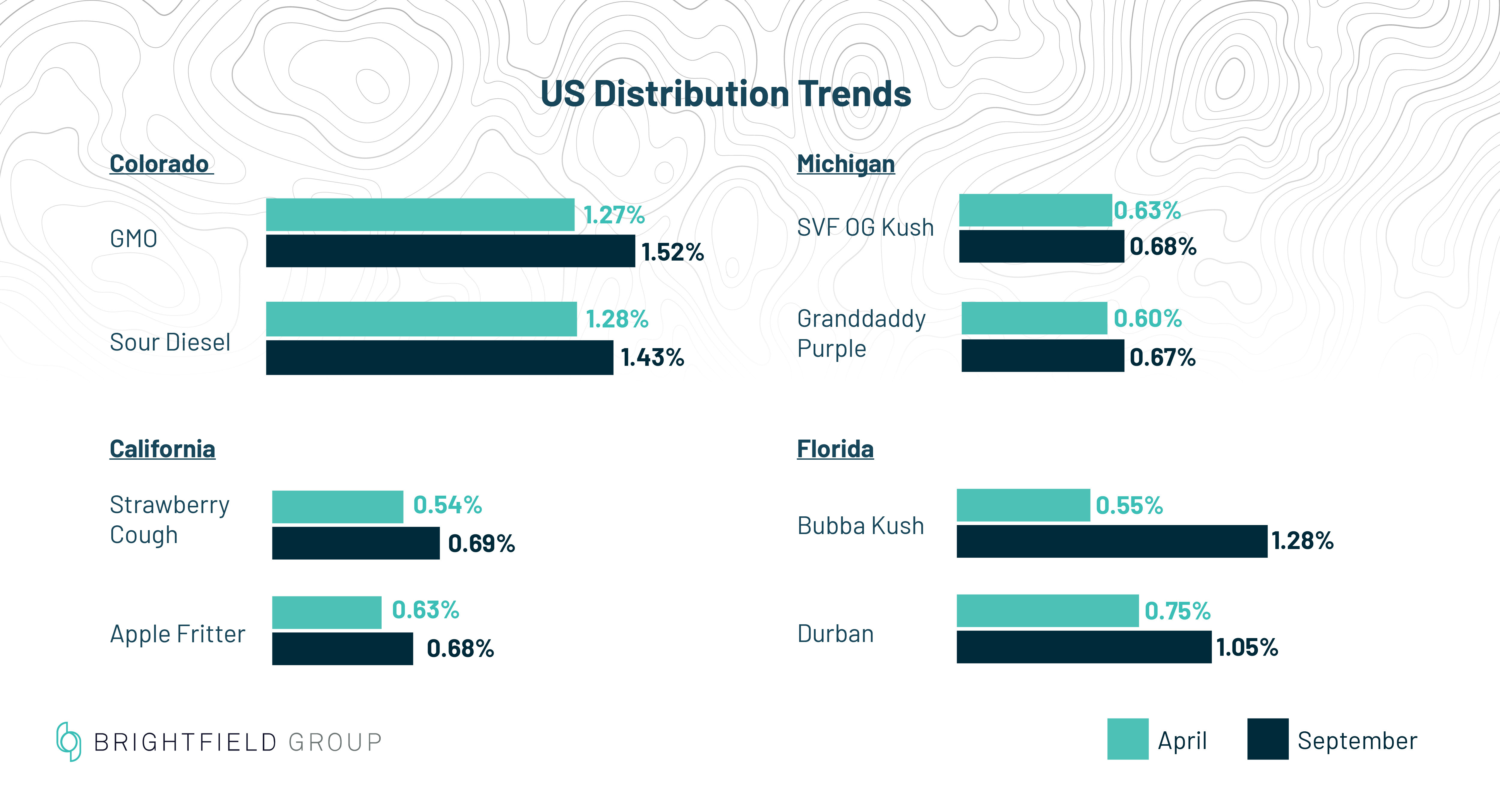
In today's fast-paced business environment, companies are constantly seeking ways to improve their operational efficiency to stay ahead of the competition. One of the key tools that businesses are increasingly turning to is distribution analytics. By leveraging data-driven insights, organizations can make informed decisions that drive efficiency and optimize their distribution processes.
The Power of Distribution Analytics
Distribution analytics involves the use of data analysis and statistical techniques to gain insights into various aspects of a company's distribution operations. By collecting and analyzing data from different sources such as sales transactions, inventory levels, and transportation costs, businesses can uncover hidden patterns and trends that can help them streamline their distribution processes and make more informed decisions.
Benefits of Distribution Analytics
- Improved inventory management: By analyzing demand patterns and inventory levels, companies can optimize their inventory management practices to reduce carrying costs and minimize stockouts.
- Enhanced supply chain visibility: Distribution analytics provides real-time visibility into the entire supply chain, enabling companies to track shipments, monitor inventory levels, and identify potential bottlenecks.
- Cost savings: By identifying inefficiencies in the distribution process, companies can reduce operational costs and improve overall profitability.
Key Components of Distribution Analytics
Effective distribution analytics requires a combination of technology, data sources, and analytical techniques. Here are some key components that are essential for successful implementation:
Data Integration
Integrating data from multiple sources such as ERP systems, warehouse management systems, and transportation management systems is crucial for gaining a holistic view of the distribution process. Data integration allows companies to break down data silos and analyze information in a centralized platform.
Advanced Analytics Tools
Utilizing advanced analytics tools such as machine learning algorithms and predictive modeling can help companies uncover hidden insights from their data and make accurate predictions about future trends. These tools can also optimize routing and scheduling decisions to improve efficiency.
Visualization Techniques
Visualizing data through charts, graphs, and dashboards can help business users interpret complex data sets more easily and make data-driven decisions. Visual analytics tools enable companies to gain a deeper understanding of their distribution operations and identify areas for improvement.
Implementing Distribution Analytics in Your Organization
Integrating distribution analytics into your organization's operations can lead to significant improvements in efficiency and cost savings. Here are some steps to consider when implementing distribution analytics:
Define Key Performance Indicators
- Identify the key metrics that are critical for measuring the performance of your distribution operations, such as order fill rates, on-time deliveries, and transportation costs.
- Establish benchmarks and targets for each KPI to track progress and measure success.
Invest in Technology
- Implement a robust analytics platform that can integrate data from various sources and provide actionable insights.
- Train employees on how to use the analytics tools effectively and interpret the data to make informed decisions.
Continuous Improvement
- Regularly review and analyze performance data to identify areas for improvement and implement corrective actions.
- Collaborate with cross-functional teams to develop and implement strategies that optimize the distribution process and drive operational efficiency.
Conclusion
From data to decisions, distribution analytics plays a crucial role in driving operational efficiency and optimizing distribution processes. By harnessing the power of data-driven insights, companies can make informed decisions that lead to cost savings, improved inventory management, and enhanced supply chain visibility. Implementing a robust distribution analytics strategy can help companies stay competitive in today's dynamic business landscape and achieve long-term success.
